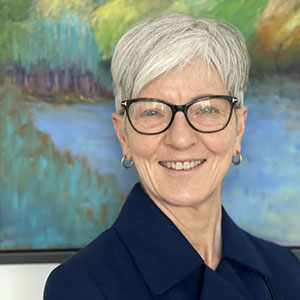Across the developing world, women own and operate an estimated 10 million small and midsized enterprises, yet they are underrepresented as business owners and underserved by banks and government policy makers. "Women are the most underutilized economic asset in the world’s economy," says Angel Gurría, the secretary-general of the Organization for Economic Cooperation and Development. But their diminished status seems poised for change.
Recognition of the barriers and benefits of supporting women-owned enterprises has spread in recent years, leading to the creation of a number of public, private, and social sector initiatives aimed at strengthening women-owned businesses. The emerging assistance model, exemplified by Goldman Sachs' 10,000 Women initiative, embraces a multifaceted approach to assisting women with capital, operational know-how, and networks.
10,000 Women is a $100 million endeavor, launched in 2008, designed to help 10,000 women entrepreneurs over five years. The initiative built a network of some 89 academic and NGO partners who have taken the program to 43 countries. "We saw an opportunity to promote shared economic growth by investing in women and have been pleased with the results to date," says Global Program Director Noa Meyer.
More recently, Coca-Cola and Walmart have launched initiatives to help women business owners associated with each firms' global supply networks. In addition, a number of NGOs provide training and mentoring for women entrepreneurs in developing countries. And global financial institutions have launched programs to help women access capital, markets, education, and business training.
All of these programs have demonstrated a remarkable streak of innovative design. What’s needed now is a better understanding and scaling of what works.



